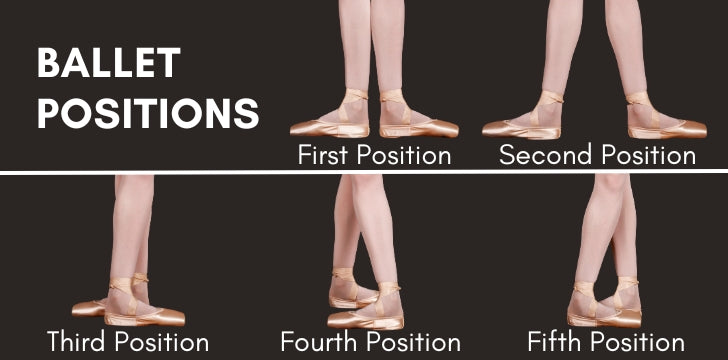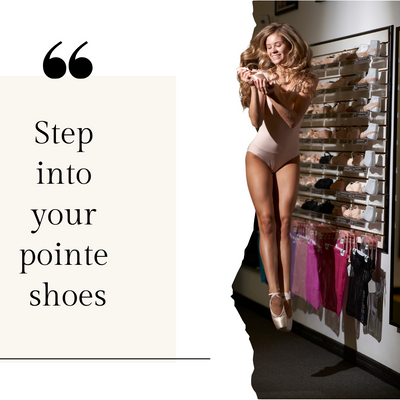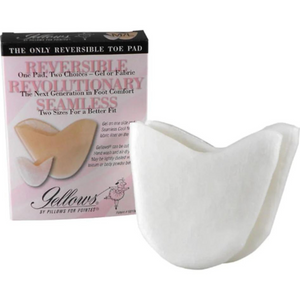Ballet Positions | Ballet Basics for Beginners
Starting Your Ballet Journey on the Right Foot
Ballet, often referred to as the "art of dance," is a graceful art form that has captured the hearts of many over the centuries. From the delicate movements to the exquisite storytelling, ballet is an experience that can transport both dancers and audiences into a world of beauty and emotion. If you've ever dreamed of gliding across the stage like a prima ballerina or simply wish to embrace the elegance of ballet, then this blog is perfect for you! We will dive into the core foundation of ballet stances: the five positions of the feet. We will explore each of the ballet positions of the body in detail, understanding how they form the basis for every movement in ballet. From the iconic "first position" to the graceful "fifth position," you'll learn these ballet terms and how to stand with poise and elegance, setting the stage for your ballet journey.
The Five Positions | Ballet Positions for Beginners
As a beginner in classical ballet, mastering these ballet feet positions is crucial, as they form the basis for almost every movement you will encounter in this elegant art form. Each position involves a specific placement of the feet and arms, creating a harmonious balance and poise. If you're brand new to ballet, we recommend writing notes on each position in a dance journal to help retain the information.

1. First Position:
To begin, stand with your heels together, forming a "V" shape with your feet. Keep your arms rounded in front of you, slightly curved and in line with your shoulders. First position is the starting point for many ballet movements and serves as the reference for other positions.
2. Second Position:
From first position, slide one foot out to the side, creating a distance approximately equal to the length of one of your feet. Your arms should open gracefully to the sides, forming an oval shape. Second position enhances your balance and prepares you for traveling steps.
3. Third Position:
With one foot in front of the other, slide the heel of the front foot to touch the middle of the back foot. Your arms can be rounded or in demi-second position. Third position is rarely used in modern ballet but is still valuable in developing alignment and coordination.
4. Fourth Position:
Start in second position and then slide one foot forward, so the heel of the front foot aligns with the arch of the back foot. Arms can be in first or rounded in front. Fourth position is essential for stability and a natural transition to more complex movements.
5. Fifth Position:
The final position, fifth position, is achieved by crossing one foot tightly in front of the other, with the heel of the front foot touching the toe of the back foot. Arms are rounded in front or raised in high fifth position. Fifth position epitomizes the beauty and elegance of ballet.
Recapping the Foundation of Ballet - The Five Positions
Now that you've familiarized yourself with the five basic ballet positions, it's time to practice. Stand in front of a mirror and pay attention to your alignment, posture, and arm positions. As you practice, remember that precision and grace come with time and dedication. P.S. if posture is something you struggle with, get a posture reminder to help train your muscle memory!








